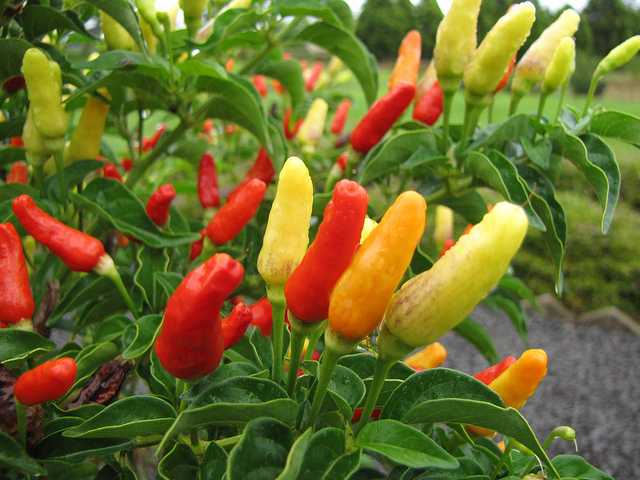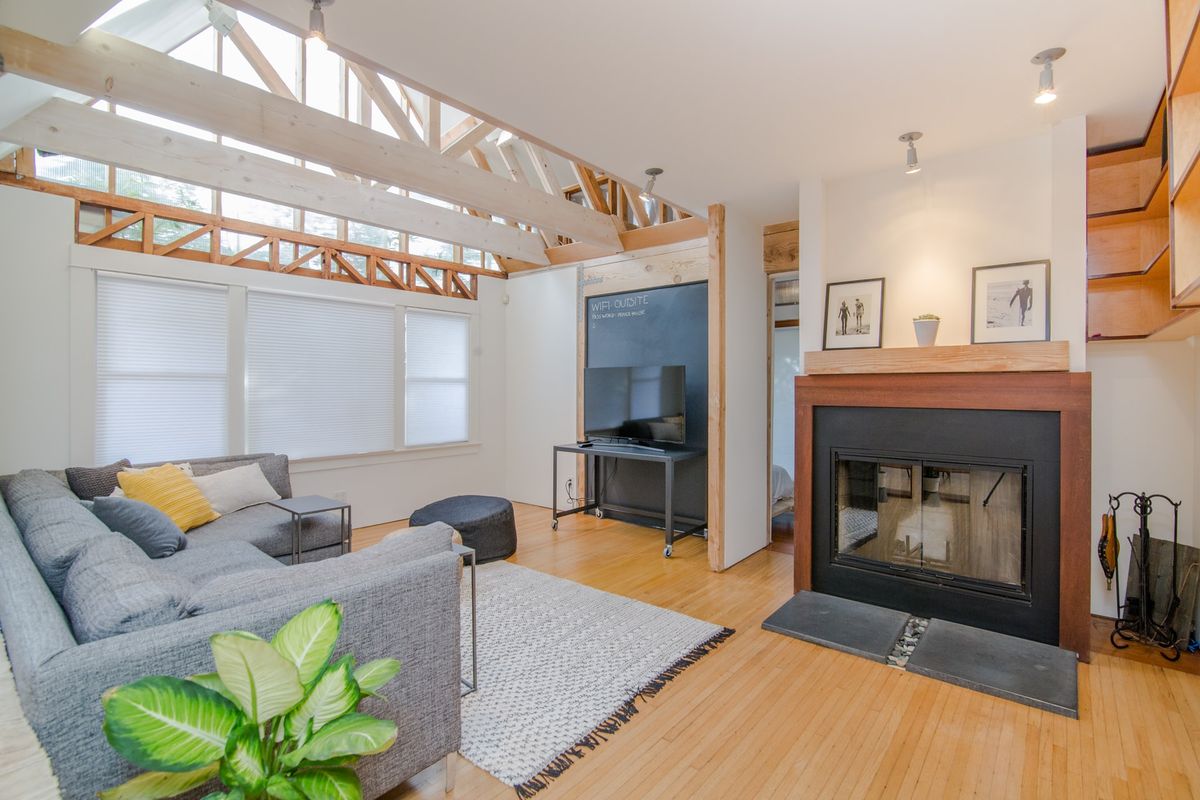
Photo by Starr Environmental
From habaneros hot enough to bring tears to your eyes to sweet, crisp peppers in rainbow shades, all peppers share a preference for a long, warm growing season. You should set out plants when the weather is settled and warm, a week or two after your last frost. Depending on the variety, peppers can be fiery hot or sweet and mellow. By growing an assortment of varieties, you can have hot peppers for bold jolts of flavor, slightly spicy peppers for fresh salsas, and mild, meaty peppers for salads or stir-fries.
Before you start growing them, choose a range of varieties, for a wonderful mix of both fruit sizes and flavors. During the hot summer, varieties that bear huge fruits can shed their blossoms, but small, thin-walled peppers usually keep going strong. Small peppers ripen faster. This is especially important if you live in a place with a cool climate where summers are short. As peppers change from green to red, both their flavor and vitamin content improve dramatically. Many people who say they don’t like peppers usually change their minds once they have tasted fully ripened, garden-grown peppers.
When to plant
In early spring, start seeds indoors under bright fluorescent lights, 8 to 10 weeks before your last spring frost date. Provide bottom heat to keep the plants’ containers near 80 degrees F. Also, make sure the seeds stay slightly moist. The sprout of the seeds should happen within 3 weeks. When the seedlings are about 6 weeks old, transfer them to large containers. Make sure not to set peppers outside until at least 2 weeks after your last frost date. Expose seedlings to outdoor weather several hours each day for at least one week before you transplant them outdoors, in order to harden them off.
How to plant
All peppers grow best under warm conditions, However, gardeners who live in places with cool climates can keep peppers happy by using row covers. Find a sunny site that has well-drained, fertile soil with a pH between 6 and 6.5. Now, loosen the planting bed to twelve-inches deep, and then thoroughly mix in a one-inch layer of mature compost. You should dig planting holes twelve-inches deep and at least eighteen-inches apart. Enrich every single hole with a spadeful of additional compost. In the last step, partially refill the holes, and place plants so they are planted slightly deeper than they were in the containers. Make sure to water well.
Harvest and store
You can eat peppers when they are mature yet still green, even though the vitamin content and the flavor of peppers improve as they ripen to orange, yellow, or red. Make sure to use pruning shears to snip ripe peppers from the plant. This way you will leave a small stub of stem attached. Bumper crops can be briefly roasted or steam-blanched and then frozen, either chopped or whole. They are also very easy to dry. If soaked in hot water dried peppers quickly plump, or you can grind them into powders for your spice shelf.



